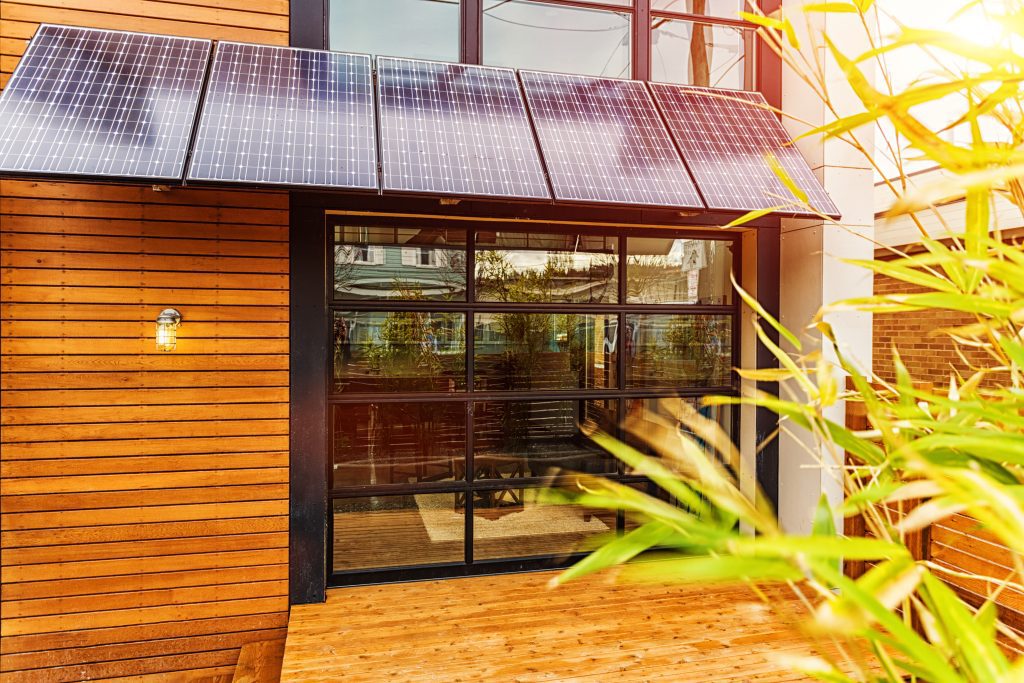From sprucing up a living space to wholesale extensions, most homeowners have a list of improvements they’d love to carry out when renovating their house, but our new research indicates that our motivations have changed because of the energy crisis.
According to our 2023 ‘Rise of Home Energy Efficiency’ report, the impact of the Covid pandemic now has less importance in our homes, overtaken by the impact of the energy crisis. Of the 9,000 people we surveyed across Europe, Australia and the United States, most respondents ranked improved energy efficiency, better energy security and achieving energy independence as key drivers when considering what home improvements to make. Interestingly, the drive for a more sustainable home saw a large drop – going from #2 to #7 in 2023, perhaps indicative of tightening household budgets across the past three years.
Renovating your house on any budget
We know that more homeowners than ever before are planning to carry out energy-focused renovation projects to their properties, but how much are they willing to spend?

According to our report, Americans have been happy to spend big when it comes to energy saving home improvements, spending an average of €3,208 ($3,475) on home improvements in the past year, with Germany (€3,190) and France (€2,720) close behind.
But, what about planning for the future? Globally the average budget set aside for planned home improvements in the future is €2,218 ($2,400) in the US, €1,876 in France and €1,780 in Germany. And while this has undoubtedly been impacted by the energy crisis, which has limited many homeowners’ capacity to renovate their houses, it has also encouraged them to get serious about improving energy efficiency, by putting aside significant amount of money to carry out this work over the next 12 months.
However, at a time when people are watching costs more closely than ever before, it’s no surprise that 25% of homeowners expect to see a return on that investment in the next 1-3 years.
With that in mind, it can be tricky to know where to start when it comes to identifying the best way to renovate a house that will deliver savings in the long-run. And while many homeowners are already carrying out the basics, such as switching to LED bulbs (45%), what other steps can be taken?
But no fear, we are here to help!
The top 3 home improvements that can deliver savings long term
Upgrade your heating control:
With heating and hot water accounting for more than half of the average energy bill, it will come as no surprise that this is one area being prioritised as an energy saving home improvement.

Smart controls have become very popular when it comes to managing your heating, thanks to the savings they can offer through their intuitive technology. In fact, according to BEAMA in the UK, up to 30% savings can be made on the average energy bill with a smart control like Wiser, which offer multi-zone control to heat only individual rooms required, and features technology such as optimum stop.
Most smart energy heating controls range from €100 to €500, depending on the size of the household, so it can be a relatively low cost investment that won’t break the bank and, if used correctly, can be delivering real ROI in as little as one-to-two years, depending on the price of electricity in the home country.
Some can also be installed with a bit of DIY, depending on the existing system you have in place.
Improve the fabric of your home:
For those with more to spend, insulation – both loft and wall – is the surest means of reducing avoidable heat loss. This is however a significant investment, way more than the average amount of money set aside for renovations by homeowners as evidenced in our report and meaningful ROI sometimes isn’t delivered for years.
If you didn’t plan such a budget, a much more cost-effective approach, which can yield ROI much faster, is to install curtains to windows.

Curtains are already an energy saving home improvement that can help you cut down your energy bills. With less heat lost from your windows, it means you’ll likely not need to run your heating for as long, or as high, to feel the warmth of your heating system, meaning extra savings.
Consider upgrading to renewables:
At the higher end of the budget, more savings can also be achieved on the replacement of boilers with renewable alternatives, such as heat pumps and solar panels. While this might not be something the majority of homeowners can invest in overnight, it may be something they may work towards over the course of several years.

Although these alternatives require a higher up-front investment, research has found that over their lifetime they are more cost effective.
Take a heat pump for example, whilst a gas boiler in the UK has an average life expectancy of 10 – 15 years and you should expect to pay upwards of £984 in annual running costs, a heat pump has an average life expectancy of 20 – 25 years and annual running cost of £723 – £964.
With solar panels, homeowners can also benefit from either selling surplus energy generated back to the grid or store this extra energy to use during peak hours or at a later date, effectively acting as free energy instead of paying to use the grid.
Make the most of funding for renovating your house
With our energy consumption recognised globally as contributing to global warming, many countries have initiatives set in place to provide funding when investing in home upgrades that will reduce carbon emissions.
For example, if you’re keen to upgrade to renewables in the UK, the Boiler Upgrade Scheme offers a free grant of up to £7,500 towards the installation of an air source heat pump, whilst older homes with a low EPC rating can access funding to make improvements and bump up their efficiency rating.
This extra funding can help expand your planned budget for renovating your home, and possibly unlock some potential areas that you previously might not have been able to consider.
Making the investment work for you
No matter your budget, ultimately the best investment will depend on the type of property you’re renovating, as this will have a huge impact on the types of energy saving home improvements needed. . For example, in smaller properties, such as flats, better temperature control from room-to-room to minimise energy wastage might take precedent.
With careful planning and use of the right resources, energy saving home improvements don’t need to be costly and as well as reaping the rewards of cost-savings over time, you can help play your part in reducing carbon emissions to create a more sustainable world.
To learn more about the changing trends in home energy consumption, read our report, The Rise of Home Energy Efficiency.



Add a comment